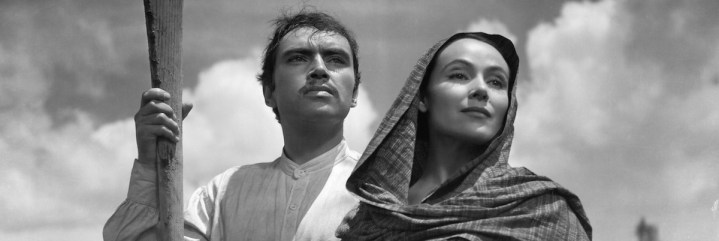7 Must-See Films From Gabriel Figueroa, One of the Greatest Cinematographers In History

We’re all familiar with the great Mexican visual artists of the 20th century: Diego Rivera, Frida Kahlo, José Clemente Orozco, Gabriel Figueroa. Yeah, Gabriel Figueroa… the cinematographer. No? Well, we won’t tell anyone, but if you’re around New York this month you need to do yourself a favor and head over to Film Forum to catch part of a two week retrospective on his work, co-presented with Fundación Televisa, El Museo del Barrio, Cinema Tropical, and the Mexican Cultural Institute of New York.
In the meantime, we’ll spare you a trip to Wikipedia and point out that Figueroa shot more than 200 films over the course of his 90-year lifetime, many of which went on to win prizes at Cannes, Berlin, Venice, and a handful of Academy Awards. But don’t think we’re merely talking about a “good” cinematographer. No, we’re talking about one of the greatest visual artists in the history of world cinema, and the spiritual godfather of a line of world-renowned Mexican cinematographers that stretches down to undisputed modern masters like Emmanuel Lubezki and Rodrigo Prieto.

This is the man who essentially defined the moody, tenebrous look of the Golden Age of Mexican Cinema through his extensive work with director Emilio “El Indio” Fernández, in addition to groundbreaking collaborations with the likes of Luis Buñuel, John Ford and John Huston. His highly personal visual stamp can be found on films considered masterpieces of the art form, including Los Olvidados, El ángel exterminador, and Macario; and this month New Yorkers will be graced with an unprecedented look back at some of his most important films at one of the city’s most emblematic independent theaters.
While you should honestly just take these two weeks off from work and set up a tent outside of Film Forum, we’ve put together a list of top picks for those of you who might not have the luxury of a non-stop two week film binge.
The two-week, 19-film retrospective of cinematographer Gabriel Figueroa’s work will run at Film Forum from June 5 – 18, 2015.